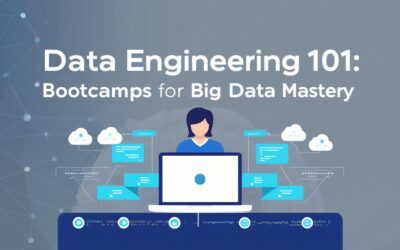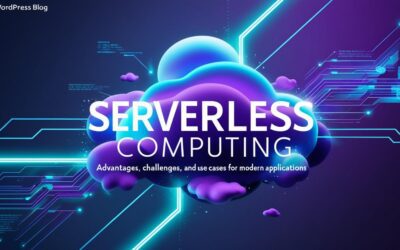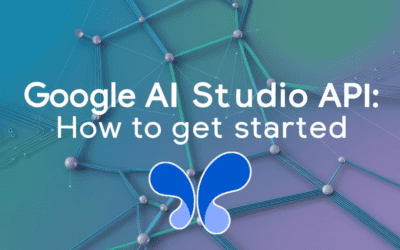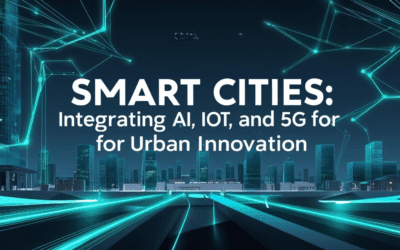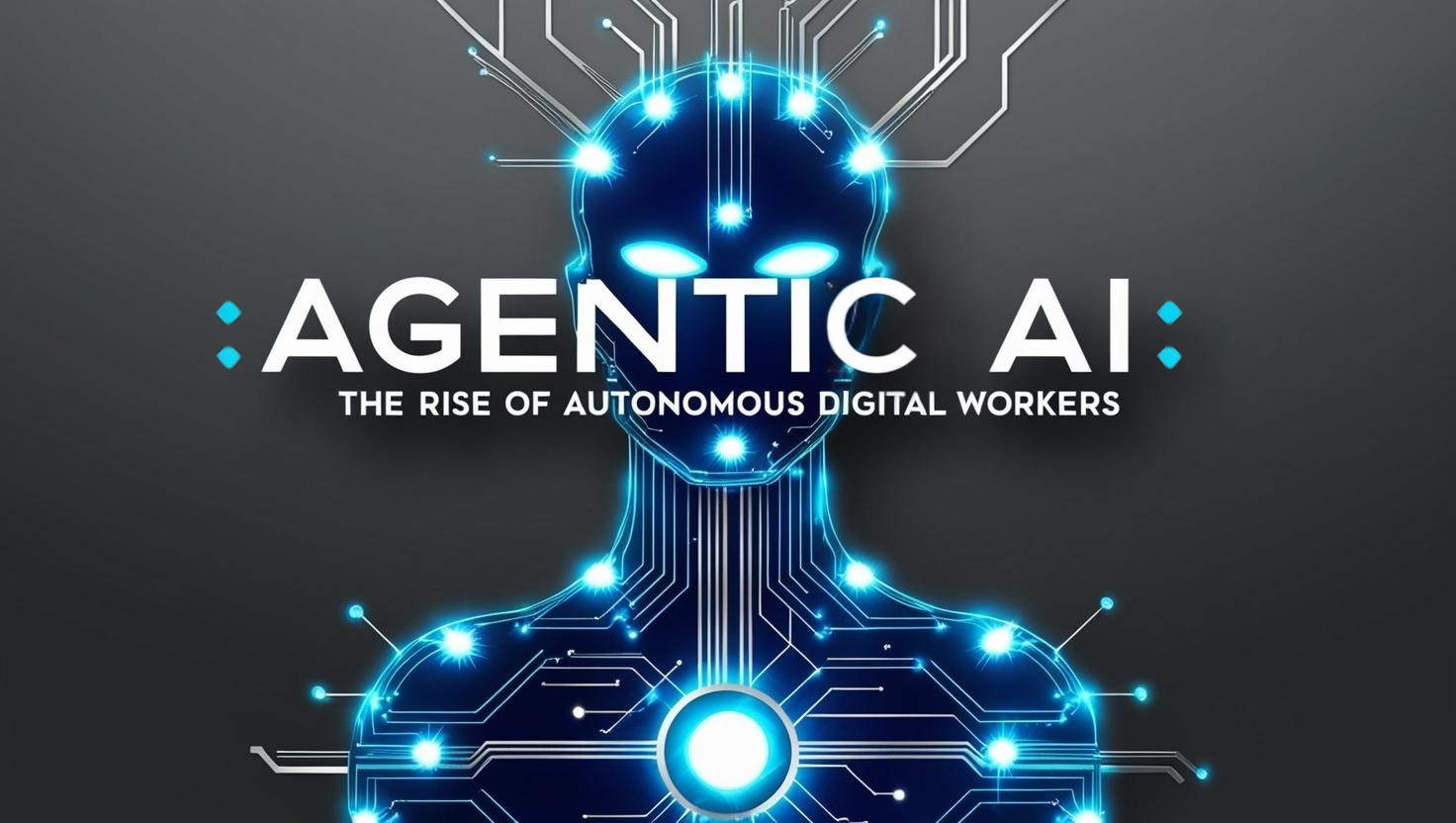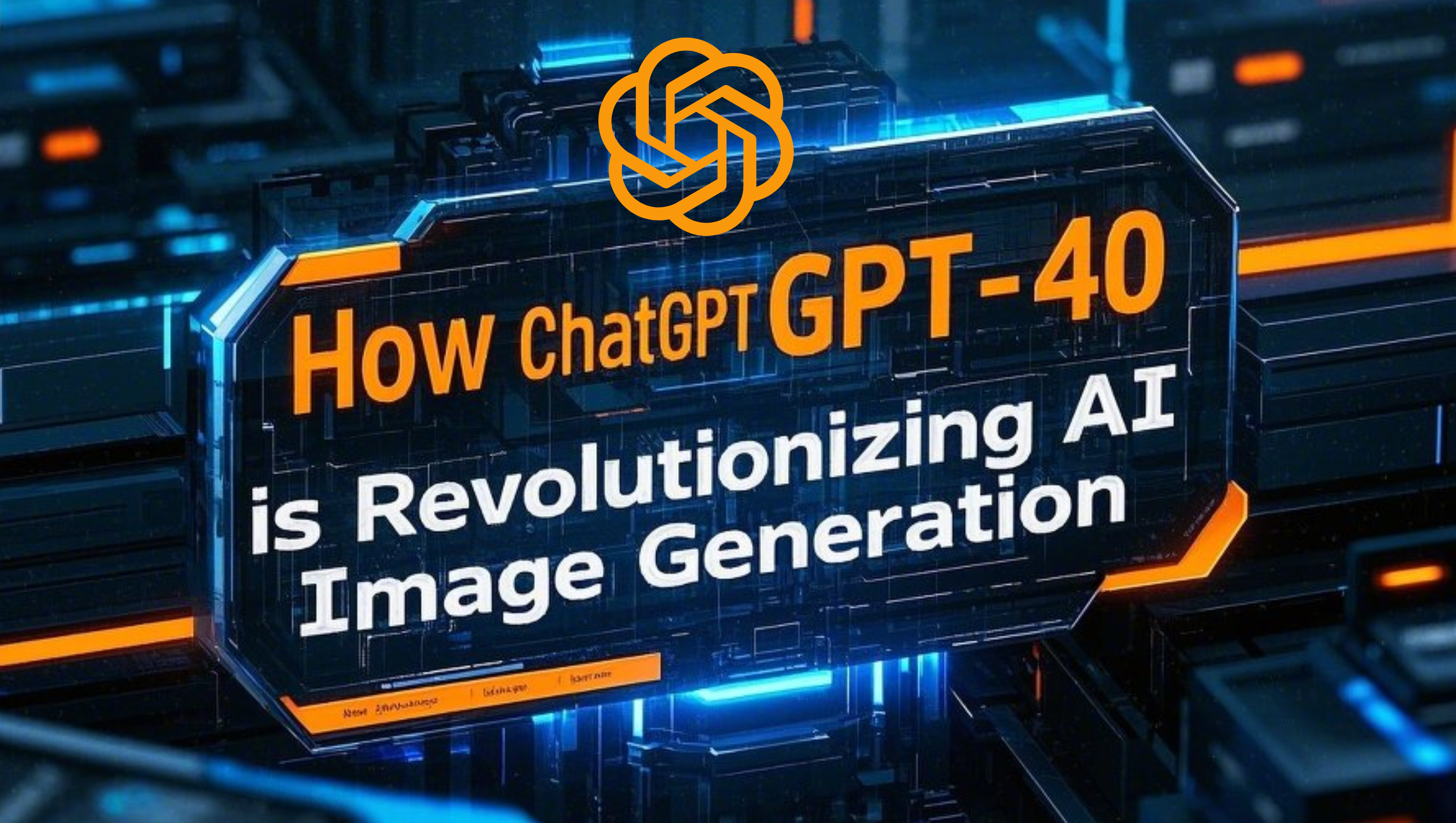Introduction
The digital workforce is undergoing a seismic shift. While early AI tools like chatbots automated simple tasks, Agentic AI represents a quantum leap: autonomous systems that plan, act, and optimize workflows with human-like reasoning and minimal oversight. By 2025, analysts predict that 33% of enterprise software will integrate Agentic AI, enabling autonomous decision-making for 15% of daily operations. This evolution—from reactive chatbots to proactive digital workers—promises to redefine productivity, operational efficiency, and workforce dynamics.
In this article, we explore how Agentic AI: The Rise of Autonomous Digital Workers is transforming industries, driving $4.4 trillion in global productivity growth, and reshaping the future of work.
From Chatbots to Autonomous Agents: The Evolution of Agentic AI
H2: The Journey from Basic Automation to Autonomous Intelligence
Traditional AI tools like chatbots operated within rigid, predefined parameters—answering FAQs or routing customer queries. Today’s Agentic AI systems, however, exhibit autonomy, goal orientation, and context awareness, enabling them to:
- Proactively solve problems: OpenAI’s “Tasks” feature schedules reminders and suggests actions based on conversations.
- Adapt in real-time: Salesforce’s Agentforce deploys AI agents to simulate product launches and orchestrate marketing campaigns autonomously.
- Learn continuously: Fujitsu’s healthcare agents refine diagnostic accuracy using patient data and feedback loops.
Key advancements driving this shift include:
- Reasoning capabilities: Models like GPT-4 now pass bar exams in the top 10%, enabling nuanced decision-making.
- Multimodal processing: Google’s Gemini integrates text, audio, and video to deliver emotionally nuanced interactions.
- Hardware innovation: Nvidia’s Blackwell GPUs power real-time agentic workflows, from PDF-to-podcast conversions to supply-chain optimization.
The Productivity Revolution: How Agentic AI Drives Efficiency
H2: Transforming Operational Workflows
Agentic AI’s ability to execute multi-step tasks autonomously unlocks unprecedented efficiency:
- Reduced errors: Error rates in manufacturing and healthcare drop by 25–43% with AI-driven automation.
- Time savings: 90% of employees report AI tools save them hours weekly, with programmers completing 126% more projects.
- 24/7 operations: Retail agents adjust inventory in real-time during supply-chain disruptions, reducing stockouts by 30%.
Case Study: A global logistics firm deployed Agentic AI to optimize routes dynamically, cutting fuel costs by 18% and delivery times by 22%.
Redefining IT Operations and Workforce Dynamics
H2: The Human-AI Collaboration Paradigm
Agentic AI isn’t replacing humans—it’s augmenting them. By automating routine tasks, employees shift to strategic roles:
- IT teams: AI agents monitor networks for anomalies, reducing breach risks by 40%.
- Customer service: AI-augmented agents resolve 35% more complex inquiries while improving satisfaction scores.
- Healthcare: Doctors leverage AI for early diagnosis, freeing 20% of their time for patient care.
However, challenges persist:
- Accountability: Who’s responsible for AI errors? Clear governance frameworks are critical.
- Reskilling: 41% of employees fear job displacement, necessitating upskilling in AI management.
The Future of Agentic AI: Opportunities and Ethical Considerations
H2: Navigating the Road Ahead
By 2028, 50% of companies will deploy Agentic AI pilots, driven by:
- Data abundance: IoT and edge computing provide real-time insights for adaptive agents.
- Ethical frameworks: Regulations for transparency and bias mitigation gain traction.
- Cultural readiness: 75% of workers now embrace AI as a daily tool.
Actionable Insights for Businesses:
- Start small: Pilot AI agents in low-risk areas like HR onboarding or inventory management.
- Invest in data infrastructure: Unified knowledge graphs ensure agents access accurate, real-time data.
- Prioritize ethics: Audit AI decisions for bias and align outcomes with human values.
Conclusion
Agentic AI: The Rise of Autonomous Digital Workers marks a paradigm shift in how businesses operate. From optimizing supply chains to augmenting human creativity, these systems are not just tools—they’re collaborators. As organizations navigate this transformation, the key to success lies in balancing innovation with responsibility, ensuring AI acts as a force for equitable progress.
The future is autonomous, adaptive, and brimming with potential. Are you ready?
Sources:

